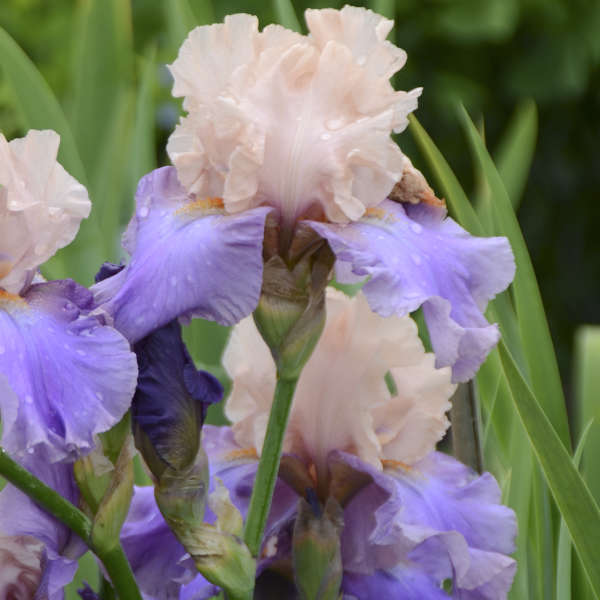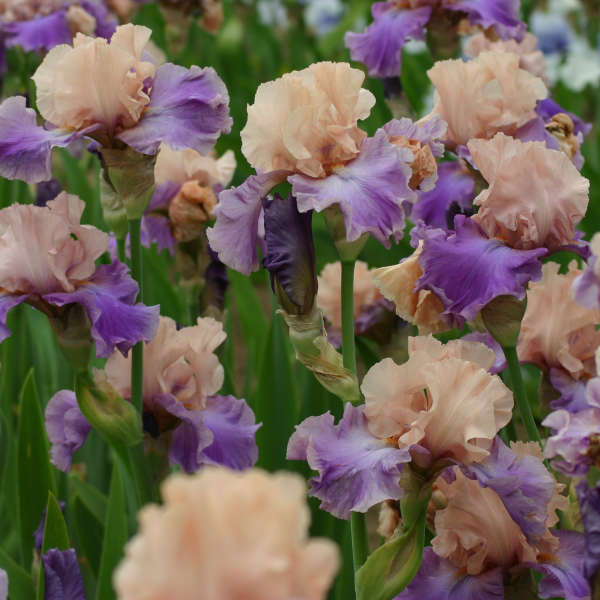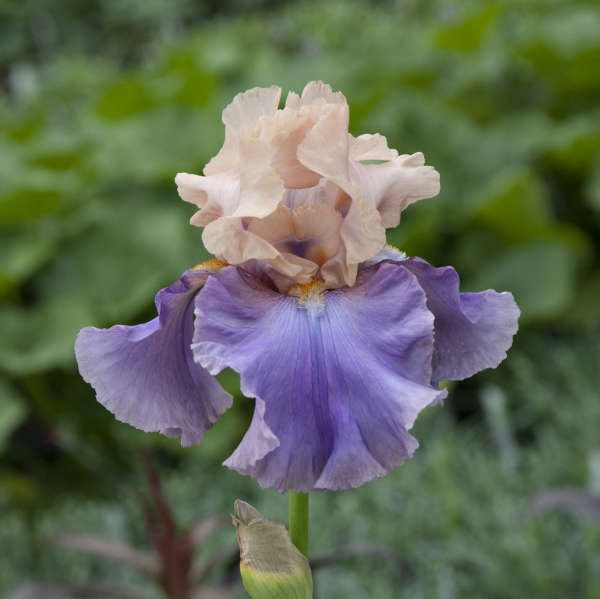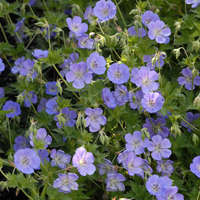Iris 'Poem of Ecstasy'
Common Name: Tall Bearded Iris
Described as a dependable bloomer year after year, this pastel colored bicolor will grace your garden with its large, romantic colored blossoms in midseason (late spring to early summer).
Peachy pink standards contrast nicely with the smooth lavender falls and golden orange beards, and each petal is edged in flowing ruffles. Each nicely branched stem carries an average of 8 buds. Lovely!
No garden would be complete without Tall Bearded Irises. Though they have been grown for decades, new and improved hybrids continue to be developed every year and fabulous color combinations have been achieved. The Tall Beardeds bloom after the Dwarf Irises but before the Japanese and Siberian Irises. They are wonderful accent plants for late spring gardens.



